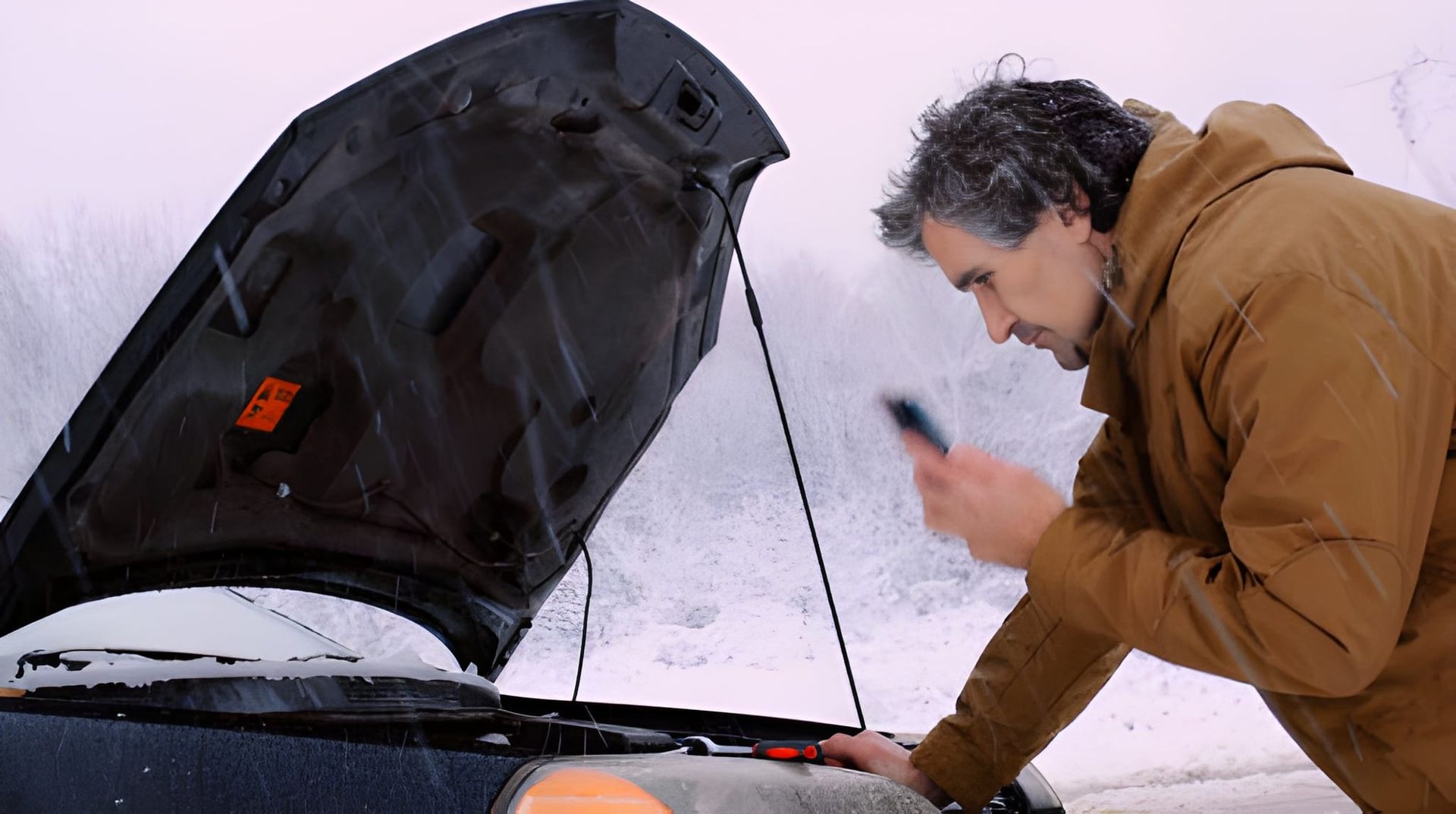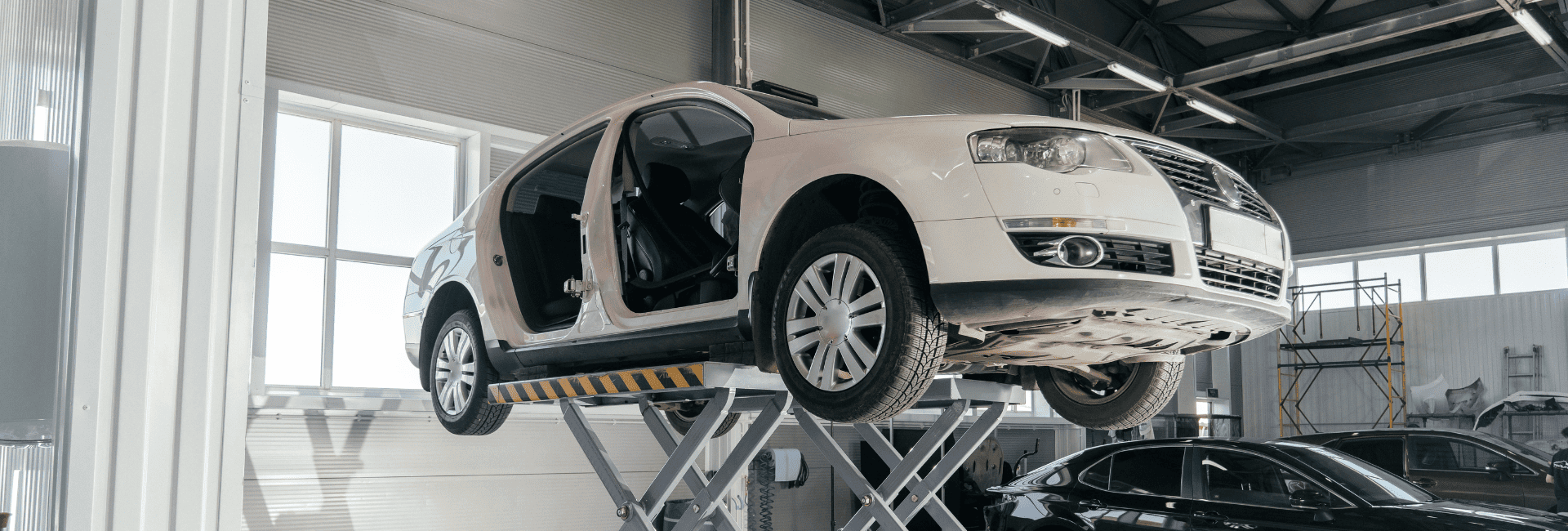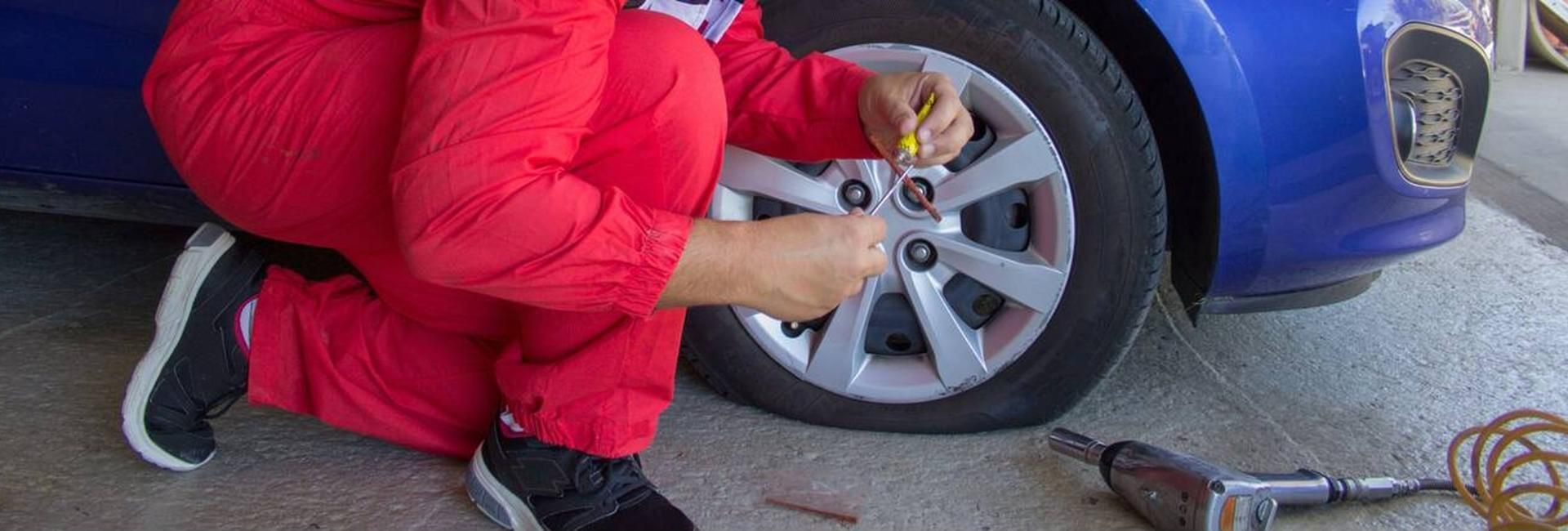By Bob Cornwall
•
September 30, 2025
Introduction Seasons change, and with them come new challenges for your car. As the air turns crisper and roads may see more rain, now is the perfect time to give your vehicle the attention it deserves. A proactive check now can prevent surprises later breakdowns, costly repairs, or unsafe driving conditions. At Super Service of Pomona Valley , we’re committed to making your auto care experience smoother, more transparent, and more reliable. With our digital inspections, concierge services, and experienced technicians, we’re here to help you finish the year strong and head into the next season with confidence. In this article, we’ll walk through the key systems to inspect, the benefits of doing so, and how our team can help make it hassle-free. Why Seasonal Checks are Smart Right Now A lot changes between hot and cooler months: humidity, rain levels, daylight hours, road conditions, and temperature fluctuations. All of these can strain your car in different ways. Fluids respond differently in cooler weather: Engine oil, brake fluid, coolant, and transmission fluid may perform differently, and aging fluids are more vulnerable. Battery performance is sensitive to weather shifts: After enduring heat, your battery may be weaker than you think. Cooler weather can expose its weaknesses. Tires & grip matter more: Rain and colder pavement reduce traction, meaning proper tread, alignment, and tire pressure become critical. Lights & visibility become more vital: With shorter days and possible rain or fog, fully functional headlights, brake lights, wipers, and defrosters are essential for safety. Belts, hoses & rubber parts: Temperature swings can accelerate cracking, brittleness, or failure in hoses, belts, and seals if they’re already aged. Heating, defroster & HVAC systems: You want your defroster, heater, and ventilation to work well before the weather worsens; waiting until you need them is risky. Because these changes happen gradually, many drivers don't notice until something fails. Doing a seasonal inspection now means catching weak points while they’re still manageable. What We Inspect During a Seasonal Check At Super Service of Pomona Valley, our seasonal check covers all systems most affected by weather transitions: Battery & Charging System We test battery health, clean terminals, check connections, and ensure your charging system is working properly. Fluids & Coolant We check engine oil, coolant/antifreeze, brake fluid, transmission fluid, power steering fluid, and top or replace them as necessary. Tires & Alignment We’ll inspect tread depth, look for uneven wear, rotate if needed, and check wheel alignment to ensure stable handling. Brakes Pads, rotors, lines, fluid: everything is checked to make sure your braking system is reliable under challenging conditions. Lights, Wipers & Visibility Headlights, tail lights, turn signals, interior lights all tested. Wiper blades get inspected and replaced if needed. We also check wiper fluid levels and the defroster system. Belts, Hoses & Seals Any cracks, leaks, or brittleness in belts and hoses are flagged. Seals are examined for leaks or deterioration. HVAC / Heating / Defrost Ensure your heating and defrost functions work properly so you’re ready when you need to clear windows or warm up the cabin. Suspension & Steering Components Worn shocks, struts, bushings or steering parts are checked so your car stays stable and predictable. As part of our process, you’ll receive a digital inspection report with photos and videos. We want you to see exactly what our technicians see, no surprises, no pressure, only honest explanations. The Benefits of Acting Now Why not wait until something breaks? Here’s what you gain by being proactive Safety & peace of mind; You’ll drive knowing the car is assessed and ready for changing conditions. Cost savings: Addressing minor issues early is far cheaper than emergency repairs after failure. Better performance: With proper fluids, alignment, and functional systems, your car will run smoother, more efficiently, and reliably. Longevity: Your vehicle ages more gracefully when regular maintenance is done. No inconvenience: By planning, you’re less likely to be stranded or dealing with last-minute emergencies. Conclusion Don’t wait until the weather takes a toll on your car. A seasonal check now gives you confidence, safety, and reliability as conditions shift. At Super Service of Pomona Valley, we’re here to support you with top-tier care, transparency, and convenience. Let us help you prepare: before a small issue becomes a big problem. 📅 Ready to book your seasonal vehicle inspection? https://www.superserviceofpomonavalley.com/










